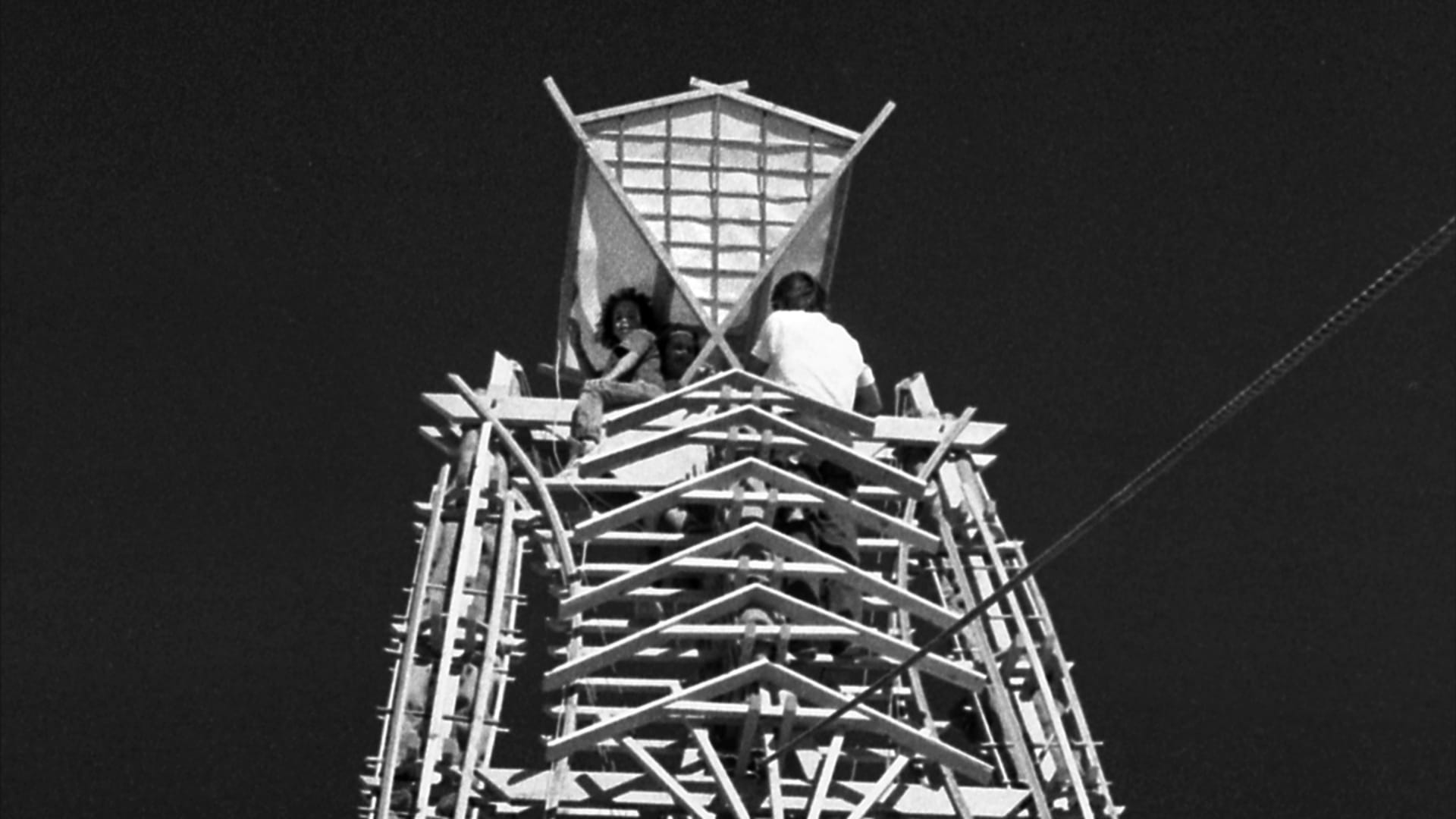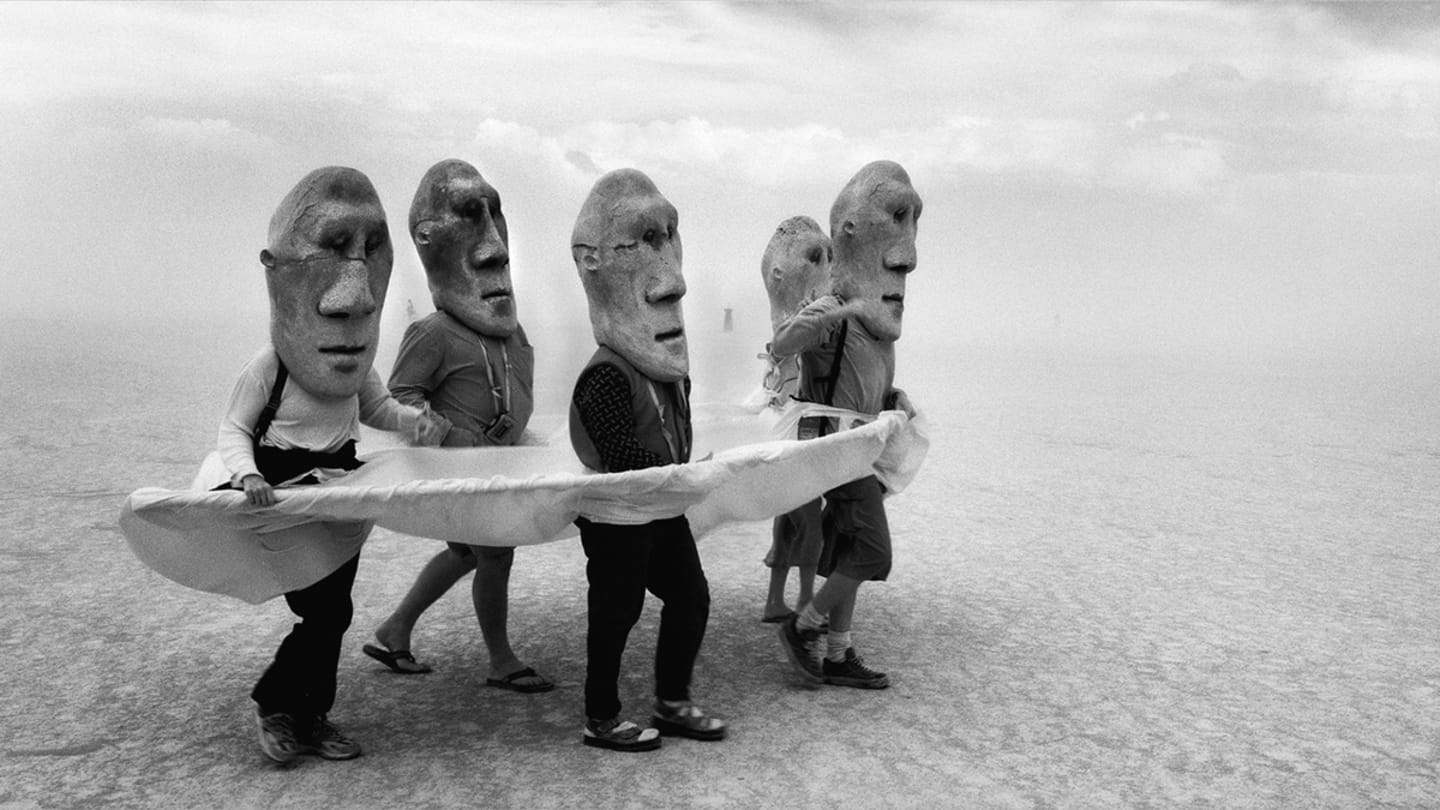
Tech and Techno: Retracing Silicon Valley’s Rave Roots
Silicon Valley played an important role in the development of the early rave scene in the US.
It’s common knowledge that Silicon Valley has been the epicenter of the digital revolution as we know it since the late 1980s. A lesser known fact is how intertwined the tech world and the then burgeoning rave scene were. Based on a shared futuristic ethos, Silicon Valley companies and the US rave scene developed in tandem for years. Even though a lot has changed since the first internet boom, it’s a connection that still holds true today. Michaelangelo Matos, author of The Underground Is Massive: How Electronic Dance Music Conquered America, retraces the relationship between tech and techno through the decades.
To the North of Santa Cruz and well south of San Francisco proper, San Jose, California is the unofficial capital of a knot of towns popularly known as Silicon Valley. This was the center of the nineties tech revolution—and its proximity to San Francisco meant that the tech ethos heavily informed the rave scene there. Furthermore, the area’s history of psychedelic experimentation played a crucial role in both the tech and dance fields, and the telecommunications advancements that took root during the late eighties and early nineties—namely, email and the mailing lists they sired—were crucial to the furthering of the U.S. rave scene in general.
The era’s, and area’s, tech futurism manifested itself in ways that could at times seem funny—such as “brain machines,” a pair of goggles that emitted small strobes “designed for meditation and relaxation purposes,” in the words of one operator, an idea that shared its time with the beginning of VR. “Brain machines were pervasive at all the parties,” recalled DJ Thomas Bullock, part of the pioneering San Francisco rave promoters Wicked. “S.F. always attracted, supported, and promoted that sort of thing.” Gamall Awad, who was then helping run the label Reflective, founded by a fellow British ex-pat, Jonah Sharp, recalled, “We were all very aware of the tech scene. Those ideas were around us a lot. People like Terence McKenna were coming into our scene. A lot of older hippies were involved in some of the, shall we say, expanding-consciousness ideas, like the WELL”—the “Whole Earth ’Lectronic Link,” a prototype of the modern Internet, begun in 1985.
Hippies and punks, both entrenched Bay Area archetypes, were both being buttressed by more tech-centric variations. “Cyberpunk” was a lit-crit term for author William Gibson’s science fiction flights; “zippies,” per Scottish-born writer Fraser Clark, stood for “Zen-inspired professional pagans” and had an absurdist, anarchistic, Merry Pranksters bent, as did another ragtag group of misfits who, in the mid-Eighties, had started getting together once a year on Baker Beach and burning a wooden effigy that, if you squinted hard enough, looked like a man.

There were obvious social links between the tech and rave scenes. It was not uncommon for startup workers to spend fourteen hours a day for two weeks straight, coding in preparation for a launch, and then blow it out for two or three days at a party. The heavy tech workload, says Brian Behlendorf, was “certainly more than anyone would for any ordinary kind of job. It’s very much about youth. It’s something that everyone wants to be a part of. That drove me, and it drove a lot of people I know, to not so much work hard-play hard, but to work and play in furtherance of some frontier.”
Behlendorf certainly did his part in furthering things. At the University of California at Berkeley for his freshman year, in the spring of 1992, Behlendorf started the first U.S. rave mailing list, SF-Raves. “Wow! 35 subscribers in 24 hours!” went his first message. “This may get gigantic.” A year later, he and a couple of other ravers co-founded Organic, Inc., with the brand new idea of building websites for businesses. That led to developing HotWired, the website for the future-forward magazine Wired, in 1994—and to Behlendorf leading a team that developed the Apache HTTP server, which undergirds the modern-day Internet.
In fact, one of modern electronic music’s most important components—the sit-down music dubbed IDM—takes its moniker from a mailing list. “IDM (Intelligent Dance Music) is a forum for the discussion of what has been termed ‘intelligent’ music—that is, music that moves the mind, not just the body,” went the introductory post from August 1993. “There is no specific definition of intelligence in music, however, artists that I see as appropriate are FSOL [Future Sound of London], [the] Orb, Orbital, Richard James (aka Aphex Twin), Black Dog, B-12, and various others from Warp’s Artificial Intelligence series.” The latter, a pair of separately released CDs featuring slow-tempo material, gave the list its name.
As the U.S. rave scene mutated in the mid-nineties into the major-label gold rush for what was briefly dubbed “electronica,” Silicon Valley remained well in the picture—particularly on the party-throwing end. Recalling the June 1996 outdoor showcase Organic ’96, James Lumb of Electric Skychurch, an “ambient-spiritual band” (his words) from Los Angeles who performed at the foot of the bill, noted, “At that time, the whole scene was crawling with investors and idea men. No matter where we went, we seemed to be playing at events that were put on by investors who’d made a lot of Internet money—we saw a lot of that.” In fact, by 1999, one member of the SF-Raves mailing list would complain, in a post, about the scene being soured by “these huge, very corporate ultra-clubs” opened by “some outside Silicon Valley investor.”
Such cavils about Big Tech have only become louder over the years, particularly in San Francisco. Burning Man, of course, is still a dominant pastime for tech-biz hoi polloi—the festival in the Black Rock desert where people like Sergey Brin and Elon Musk go to blow off steam from working as tech scions. But many see the music and the lifestyle as a way of breaking down the us-vs.-them strictures that Big Tech has put upon the city.
As Caleb Rau, a Stanford grad and co-founder of the San Francisco techno record label and club night Asterisk Collective, told Mary-Ann Ionascu last April, “The meditative quality of techno can have profound effects on one’s ability to separate materiality from self. The Bay Area is especially prone to intense focus on production and output as a result of the tech scene. This focus on efficiency can deprive the city of its color and identity without some respite or inward reflection. Techno provides a uniquely introspective community that reinforces one’s sense of self by accepting all peoples and art forms.”
Published November 30, 2018. Words by Michaelangelo Matos, photos by Stewart Harvey.
